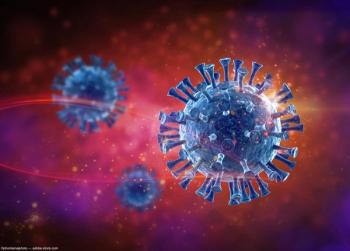
CDC offers interim recommendations on COVID-19 spread
Information about the COVID-19 virus changes rapidly as scientists learn more about its behavior.
Information about the COVID-19 virus changes rapidly as scientists learn more about its behavior.
A June 1, 2020, update from the CDC provided the latest information to the public regarding viral spread.
Person-to-person spread
Close contact between individuals remains the primary mode of viral transmission via respiratory droplets, with “close contact” defined as within 6 feet. “Transmission of coronavirus occurs much more commonly through respiratory droplets than through objects and surfaces, like doorknobs, countertops, keyboards, toys, etc.,” the CDC update noted.
In addition, the CDC continues to advise that asymptomatic individuals may be able to transmit the virus.
The CDC emphasized that “the virus that causes COVID-19 is spreading very easily and sustainably between people.”
It spreads much more efficiently than the influenza virus but not as much so as the measles virus. Improving indoor ventilation may shorten the time that respiratory droplets remain in the air.
Surface-to-person spread
While viral transmission of the novel coronavirus to individuals from contaminated surfaces has not been documented to date, it is possible that the virus can be transmitted to individuals who touch a surface with the virus and then touch their mouth, nose, and possibly eyes. “This is not thought to be the main way the virus spreads, but we are still learning more about how this virus spreads,” the update stated.
Cleaning and disinfection of surfaces are the best steps to prevent viral infections.
Animal to person spread
The risk of spread of the virus from animals to humans “is considered to be low,” according to the CDC. A small number of pets around the world have tests positive for the virus. Readers are referred to the
Newsletter
Don’t miss out—get Ophthalmology Times updates on the latest clinical advancements and expert interviews, straight to your inbox.



















































.png)


